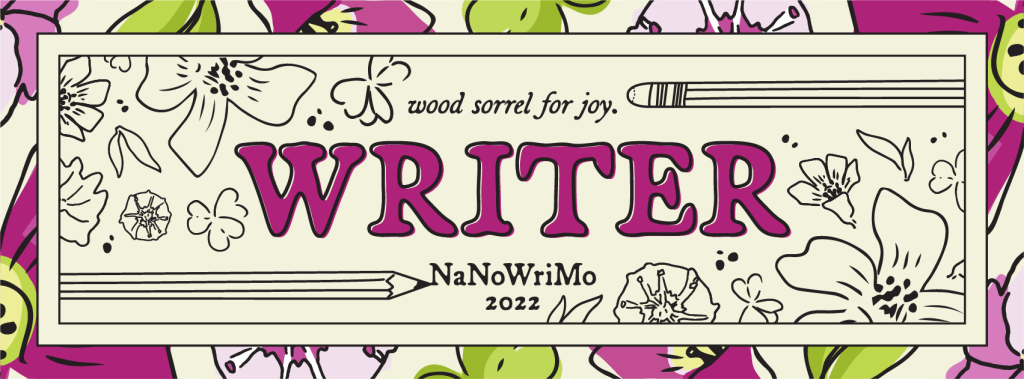This is the final tipsday of October (!) Will you NaNoWriMo this year? I am. It will probably be another NaNo rebel combo, though I will be focusing on Alice in Thunderland. It might actually be a novella, though I’m not certain, yet.

In any case, it’s time to get your fill of informal writerly learnings. Enjoy!
Richelle Lyn is teaming up with other solopreneurs. Then, Jeanette the Writer explains what an editor actually does. Stephanie Dethlefs helps you get to know your ideal reader. Later in the week, Ashley Christiano offers five meditations to help you find your writing confidence. DIY MFA
Jan O’Hara discusses journaling and the writer (episode: man versus table saw). Then, Barbara Linn Probst is grappling with the awkward question of “women’s” fiction. Sophie Masson considers food in fiction. Writer Unboxed
Janice Hardy lists five ways dialogue can annoy your readers. Fiction University
K.M. Weiland reveals the nine negative character arcs in the enneagram. Helping Writers Become Authors
This fairy tale is an actual nightmare. Tale Foundry
Becca Puglisi lists the ingredients for a successful story climax. Margie Lawson says, here be monsters: writers beware! Lynette M. Burrows shares seven ways to increase your creativity through workspace design. Writers in the Storm
Jessica Conoley is writing through the impossible. Then, Hattie Fletcher explains how to avoid taking edits too personally. C.S. Lakin helps you use weather to convey mood in fiction. Jane Friedman
On her own site, Susanne shares tips on how to bring setting to life in your fiction. Live, Write Thrive
Marissa Graff suggests five micro-edits to hook readers on your first page. Then, Julie Artz shares her top three world-building pitfalls and how to avoid them. Writers Helping Writers
The Rings of Power has a narrative momentum problem. Like Stories of Old
Nathan Bransford wonders, can you see what is and isn’t on the page?
Tiffany Yates Martin explains how to speak as well as you write (part 2). Fox Print Editorial
Kristen Lamb reveals why we love, hate, and need horror.
Chris Winkle explains why you should consider present tense. Mythcreants
Roz Morris interviews Jessica Bell on making good decisions about cover design. Nail Your Novel
Louise Harnby answers this question: can I place a dialogue tag before the character’s speech?
How to prevent creative burnout as a writer. Reedsy
Hannah McGregor shares how her Harry Potter podcast made her a better scholar. The Walrus
Jeff Beer explains why Marvel’s She-Hulk finale is the best branded content of the year. Fast Company
Michelle Cyca interviews Ann-Marie MacDonald on exile, imagination, and her new gothic ghost story. The Walrus
John Garth explains how J.R.R. Tolkien came to write the stories that were the source material for The Rings of Power. The Smithsonian Magazine
David Routt: HBO’s House of the Dragon was inspired by a real medieval dynastic struggle over a female ruler. The Conversation
Thanks you for spending some time with me, and I hope you took away something to support your current work(s) in progress.
Until Thursday, keep staying safe and well.
